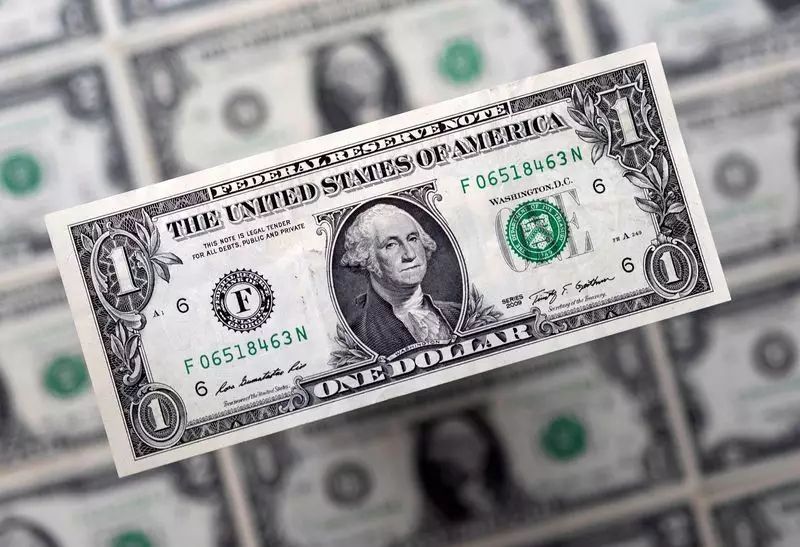The U.S. dollar has demonstrated remarkable resilience, reaching a one-year peak against several major currencies. This surge can be attributed largely to a burgeoning momentum stemming from unforeseen political developments, specifically the election of Donald Trump as the new president. Against this backdrop, the currency’s ascent has not just been a fleeting moment but rather a reflection of broader economic sentiments amid upcoming policy changes and fiscal recalibrations.
Political transitions often bring waves of uncertainty, yet in this instance, the dollar seems to have found its footing amid significant political shifts. With Trump pledging to elevate the United States to the “crypto capital of the planet,” it is clear that the incoming administration seeks to harness the burgeoning potential of cryptocurrencies. The upward trend in public interest towards cryptocurrency exemplifies a larger trend of moving away from traditional assets, further elevating the dollar’s stature, especially in the short term.
For investors, the prospect of increased trade tariffs and stricter immigration regulations under the Trump administration is poised to ignite inflationary pressures. Such economic dynamics could result in prolonged delays to the Federal Reserve’s plans for rate cuts, inadvertently bolstering the dollar further. Anticipated expansion in deficit spending promises to lift Treasury yields, lending additional credence to the currency’s upward trajectory.
Analysts have pointed out that with a Republican majority in both houses of Congress, Trump wields significant authority to push through his proposed economic agenda. This creates an environment where the dollar not only benefits from national policies but also acts as a bellwether for international economic relations. As Chris Weston from Pepperstone put it succinctly, “The USD is a magical currency backed by carry and momentum.” This assertion encapsulates the multifaceted nature of the dollar’s current standing.
Despite these buoyant conditions for the dollar, the Federal Reserve faces its own conundrums as it continues to navigate the complex landscape of consumer inflation and economic recovery. Recent reports indicate that inflation figures met expectations, which may lead to a tentative approach by the Fed concerning planned rate reductions. Projections suggest that the Fed might hesitate to cut rates too aggressively if inflation remains stable amidst these prospective economic changes.
This delicate balancing act translates into fluctuating market dynamics, where the dollar strengthens in the face of potential downside risks. On the one hand, the insistence on fiscal responsibility and prudent economic policies will serve to support the dollar, yet any significant deviation from these norms could invite volatility.
Market Reactions and Global Comparison
In the current landscape, the U.S. dollar index has risen steadily, reflecting its relative strength against other currencies such as the euro and the yen. The dollar’s notable rise to 155.90 yen marks a decisive moment, while the euro remains teetering just above its one-year low. Meanwhile, the British pound has shown vulnerability, reflecting broader concerns regarding economic conditions in the UK.
Additionally, cryptocurrencies, particularly Bitcoin, are catching the attention of traditional investors, signaling a potential paradigm shift in asset allocation. Bitcoin’s climb towards a record high demonstrates not only a growing acceptance but also may underline skepticism towards established fiat currencies. This divergence in trends hints that a segment of investors is beginning to see cryptocurrencies as a viable hedge against inflation.
As we assess the dollar’s remarkable rise against a backdrop of political change and economic uncertainty, it becomes evident that the currency is at a fascinating crossroads. The complex interplay of rising tariffs, inflation pressures, fiscal challenges, and the unpredictable landscape of cryptocurrency presents a unique challenge for policymakers and investors alike.
Moving forward, it is crucial for market participants to stay informed about shifts in fiscal policy and global economic trends. Whether this momentum can be sustained or if it will eventually reverse and yield a tradeable selloff remains to be seen, yet the upcoming months promise to be pivotal for the dollar in shaping international financial dynamics. In summation, while the dollar exhibits strength today, the ever-evolving economic landscape demands vigilance and adaptability in response to unforeseen shifts.

